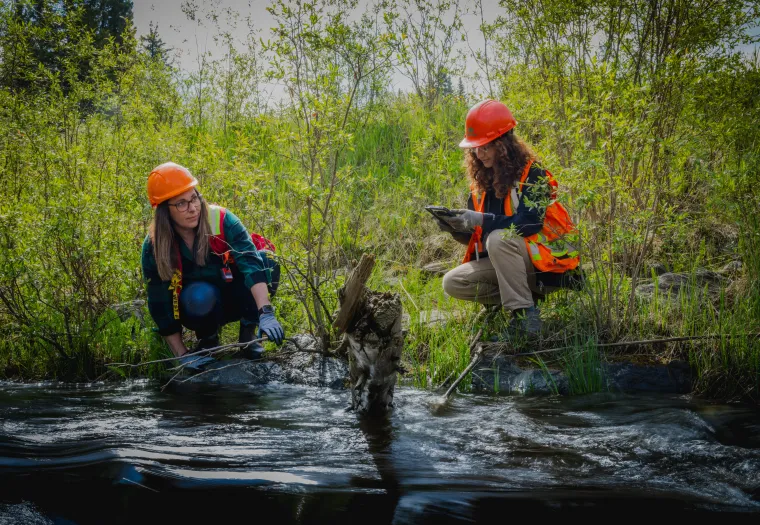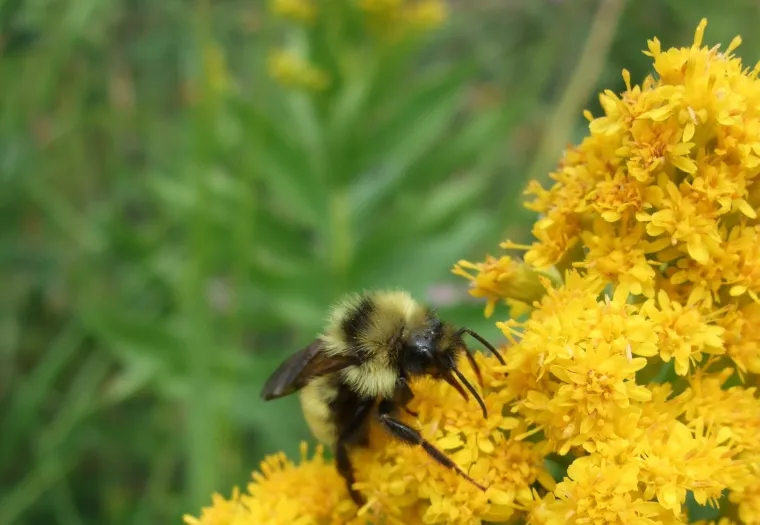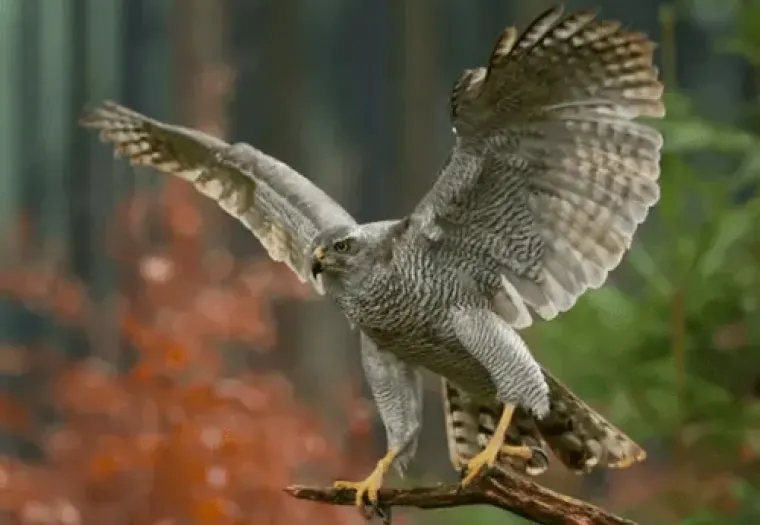Enhancing Biodiversity: A Unique Collaboration at West Fraser’s Bemidji OSB Mill
At West Fraser, our commitment to sustainability and biodiversity goes beyond forest ecosystems. An initiative at our Bemidji, Minnesota, OSB mill highlights how we can make a meaningful impact on local wildlife through collaboration and innovative thinking.
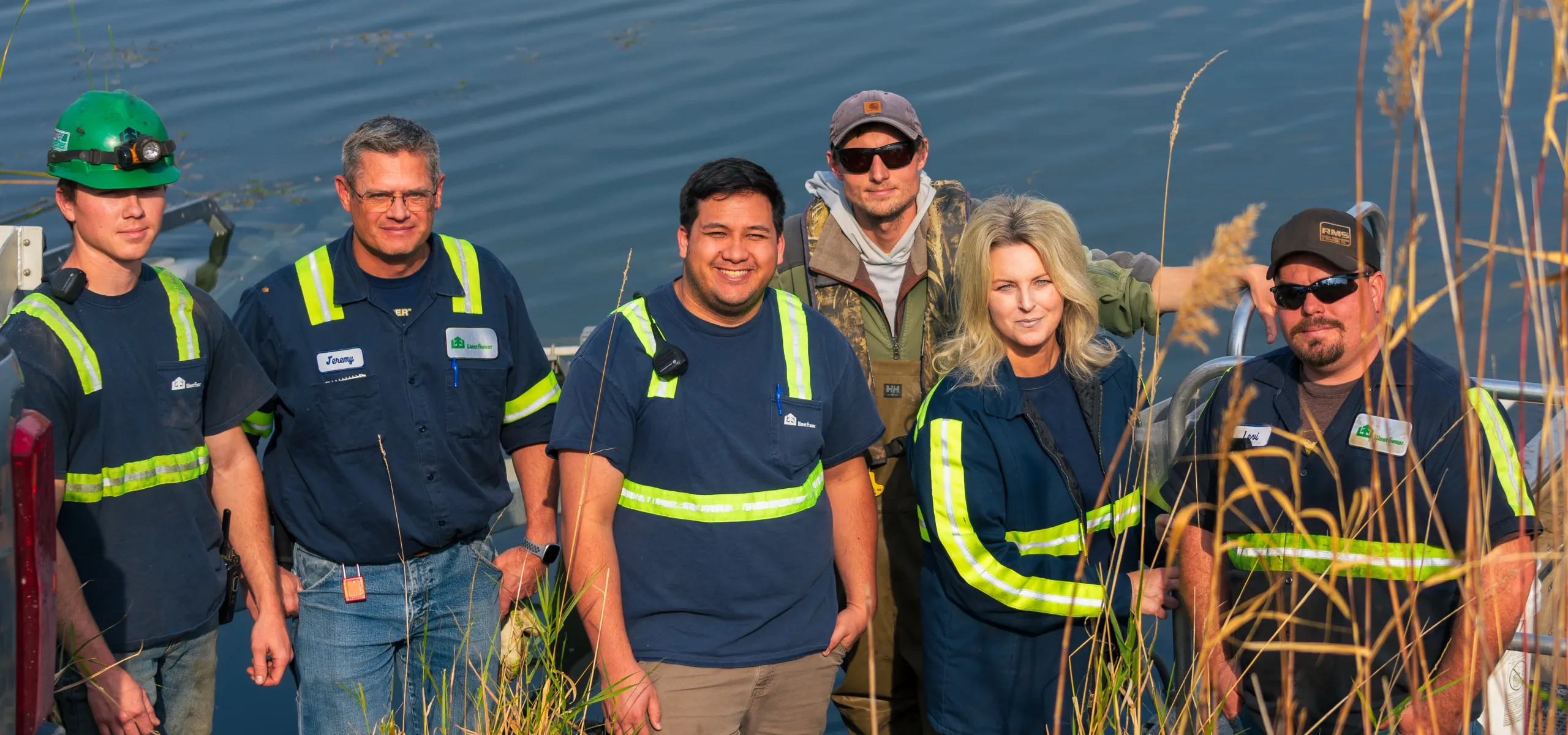
At West Fraser, our commitment to sustainability and biodiversity goes beyond forest ecosystems. An initiative at our Bemidji, Minnesota, OSB mill highlights how we can make a meaningful impact on local wildlife through collaboration and innovative thinking.
Turning a Mill Pond into a Conservation Asset
Nestled in the northeast corner of the Bemidji OSB mill site lies a large pond that recently caught the attention of the Fish & Wildlife Division of the Minnesota Department of Natural Resources (DNR). The pond’s unique qualities—its size, depth, and water quality—make it an ideal environment for muskellunge (muskie) fish rearing, a key part of the DNR’s efforts to bolster muskie populations in Minnesota.
Our collaboration with the Department of Natural Resources highlights how as a forestry company, West Fraser has a true commitment to the environment and local wildlife, and how we can partner together in unique ways to make a positive impact to our community.
Jeremy Buck, General Manager, Bemidji OSB
Why Muskies Matter
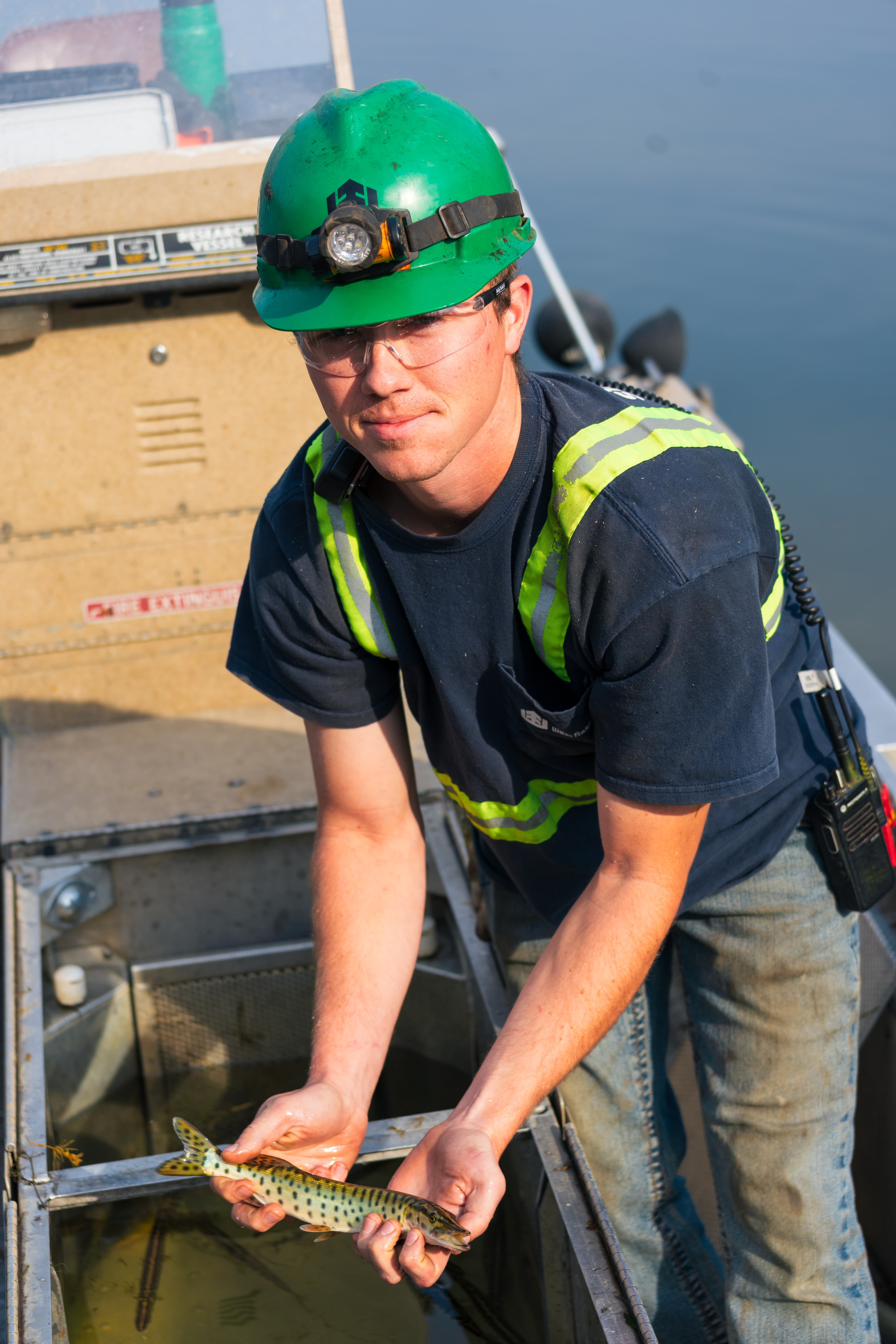
Muskies, native to Minnesota lakes and rivers, are the largest members of the pike family and can grow to an impressive 50 pounds or more. These freshwater predators thrive in clear waters, often found lurking near weed edges, rock outcrops, or other underwater structures.
A prized trophy fish typically caught and released, the DNR says that muskies are one of the most elusive fish in Minnesota’s waters. This is because they are difficult to catch, but more importantly, they have low population numbers which the DNR rearing and stocking program helps to bolster.
From Fry to Fingerling
The collaboration began in May 2024, when the DNR stocked the pond with fathead minnows, a primary food source for muskies. Shortly after, the pond was populated with muskie fry—young, recently hatched fish—and over the summer months, the fry grew into fingerlings (juvenile fish).
In fall 2024, the fingerlings were transferred to Lake Bemidji, where they will continue to grow and mature.
“All of the muskies we stock in Minnesota are the Leech Lake strain,” said Ethan Karppinen, Fisheries Specialist, Minnesota DNR. “All of these fish will go into an area lake, Lake Bemidji. They will be tagged with individual numbers to allow for tracking of the fish over their lifetime.”
Thank you to the Bemidji team for showcasing how West Fraser’s resources can be used to benefit the surrounding environment and enhance and preserve biodiversity.
